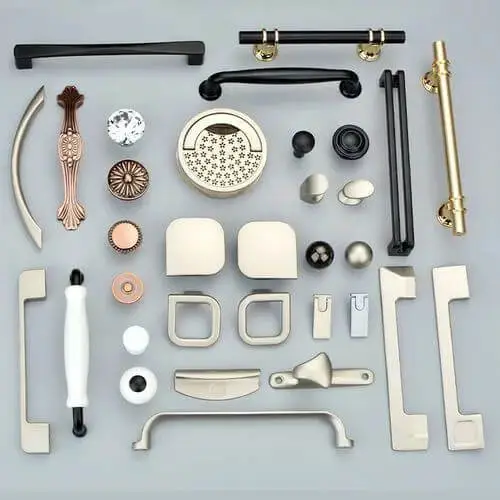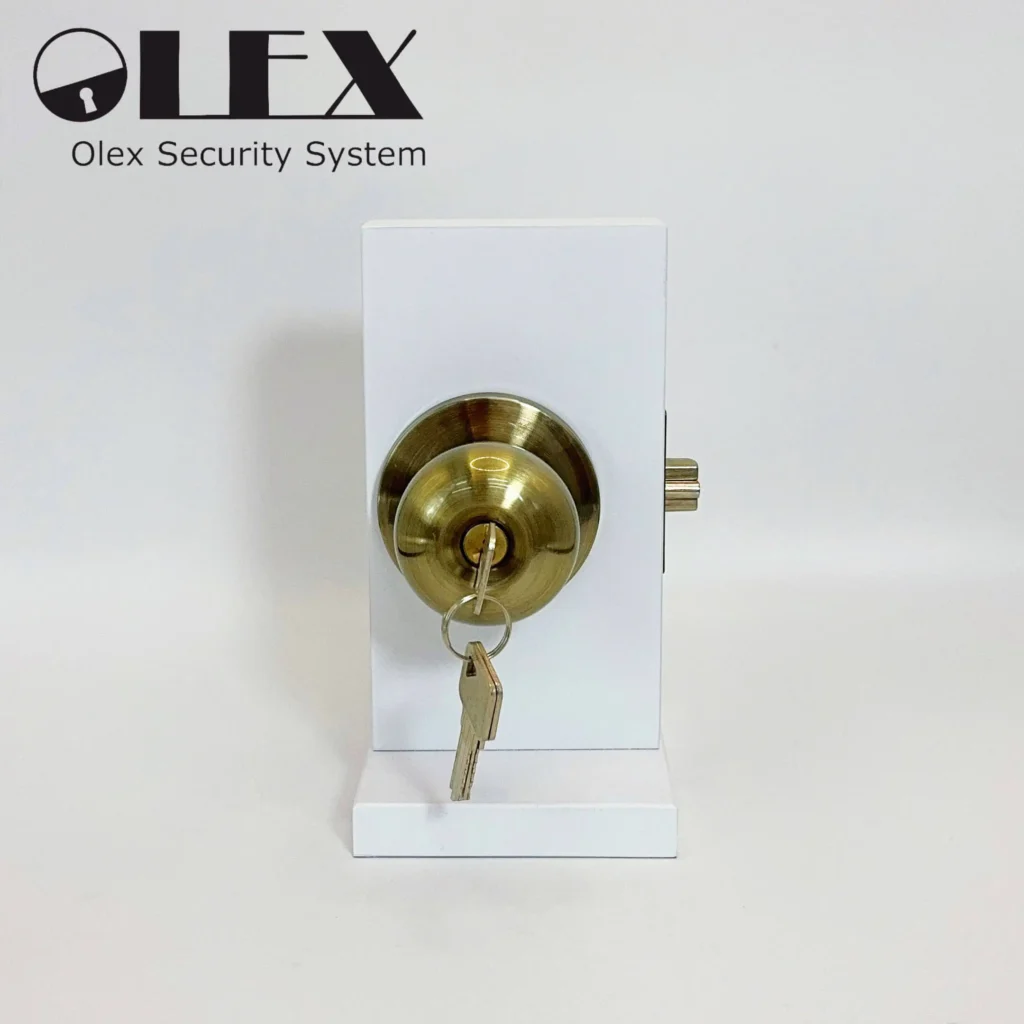Unveiling 3 Powerful Secrets: Your Ultimate Guide to Mastering Custom Furniture Hardware
If the panels provide the aesthetics of furniture, then the hardware is its soul.
Cabinets, wardrobes, under normal usage conditions, can serve for many years, largely depending on the quality of the hardware. Today, we’ll share how to choose hardware accessories for whole-house customization. Don’t overlook the selection of hardware accessories!
Basic Hardware Types
This mainly refers to three-in-one connectors, hinges, drawer slides, screws, dampers, handles, and other small hardware. Among them, hinges and slides play the most significant roles.
Functional Hardware Types
These include commonly seen items in wardrobes such as clothes rods, folding mirrors, laundry baskets, storage boxes, etc. Cabinets require more functional hardware, such as dish pull-outs, spice racks, and more.
Next, let’s take a look at what hardware items are commonly used in whole-house customization. As consumers, how should we choose excellent hardware products?
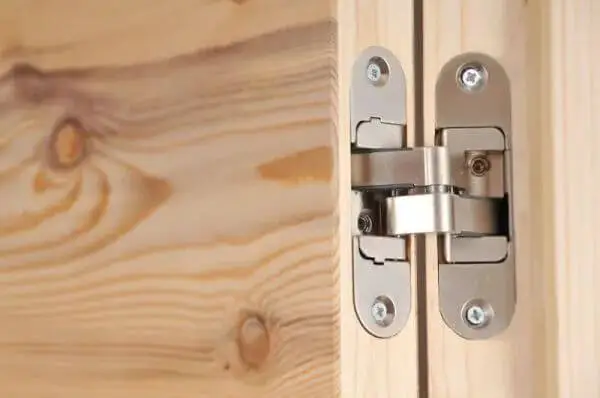
1. Hinges
Also known as hinges, are used to install cabinet doors. Generally, three hinges are used for every 1.5 meters in length.
Hinges are classified into three types based on the coverage area between the cabinet door and the side panel: full-overlay (straight bend/straight arm), half-overlay (middle bend/curved arm), and inset (large bend/internal). These three types of hinges are mainly used in different positions, and specific usage should be guided by professionals. There is no quality difference in our daily use.
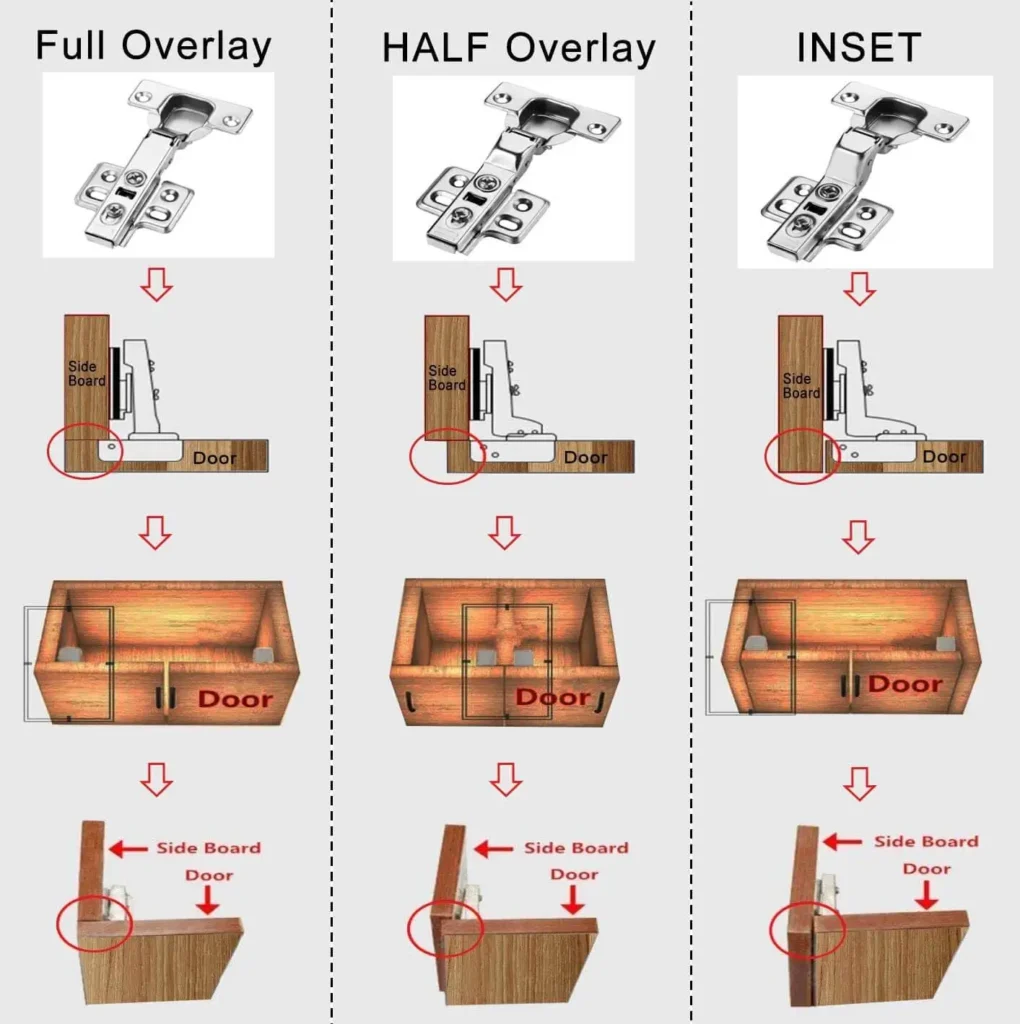
Hinges are mostly made of cold-rolled steel, which is formed by one-time stamping. The surface is smooth, with a thick plating layer, sturdy and durable, and has strong load-bearing capacity, surpassing the inferior hinges made of thin iron sheets welded together.
It is recommended to use cold-rolled steel hinges in dry areas and 304 stainless steel hinges in wet areas. Hinges from reputable brands usually have better surface treatment and can be used in both dry and wet areas. Avoid excessive cleaning of hinges to prevent damage to the plating layer on the surface. It is preferable to choose hinges with dual-stage force full damping.
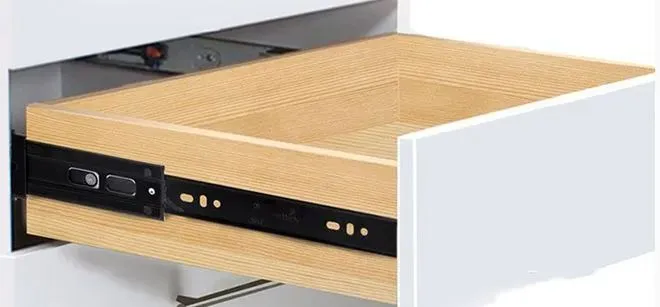
2. Drawer Slide Rails
Drawer slide rails are commonly used for drawer opening mechanisms and are divided into roller type, ball bearing type, and gear type. Currently, ball bearing drawer slides dominate the market.
Drawer slide rails are categorized based on their installation position as side-mounted slides and bottom-mounted slides.
Side-mounted slides are installed on the side panels of the drawer, while bottom-mounted slides are installed at the bottom of the drawer. Bottom-mounted slides are more aesthetically pleasing as they are not visible after the drawer is pulled out. However, the drawer dimensions for these two types of slides are different. Before finalizing the drawer dimensions, it’s essential to decide which type to install, as modifying later could pose challenges.
For regular drawers, a three-section damping slide rail is sufficient. We do not recommend using rebound rails. For larger drawers, bottom-mounted rails can be used, and for kitchen drawers, horse-riding slides are suitable.
Horse-riding slides offer smoother and more stable operation compared to side-mounted and bottom-mounted slides. They have better load-bearing capacity, superior noise reduction, damping, and cushioning effects, but they are naturally more expensive.

3. Cabinet Support
Cabinet Support are commonly used for upward-opening and downward-opening cabinet doors, including regular and soft-closing Cabinet Support.
Among them, the soft-closing cabinet Support offer a better user experience, allowing for convenient stopping at specific heights/angles to prevent collisions or the door from opening too high.
4. Handle
Handles are not only functional but also aesthetically important. Since they are exposed on the outside of cabinets, their material, shape, color, and size should all match the overall style. Otherwise, they may appear mismatched and even detract from the overall appearance of the home.
In terms of material, handles come in a variety of options including brass, zinc alloy, aluminum alloy, stainless steel, wood, and more. There are also some special materials such as leather and rubber, which showcase different design styles and personalities.
Nowadays, due to concerns about collisions and the pursuit of minimalist home decor effects, embedded and concealed handles are more common.
